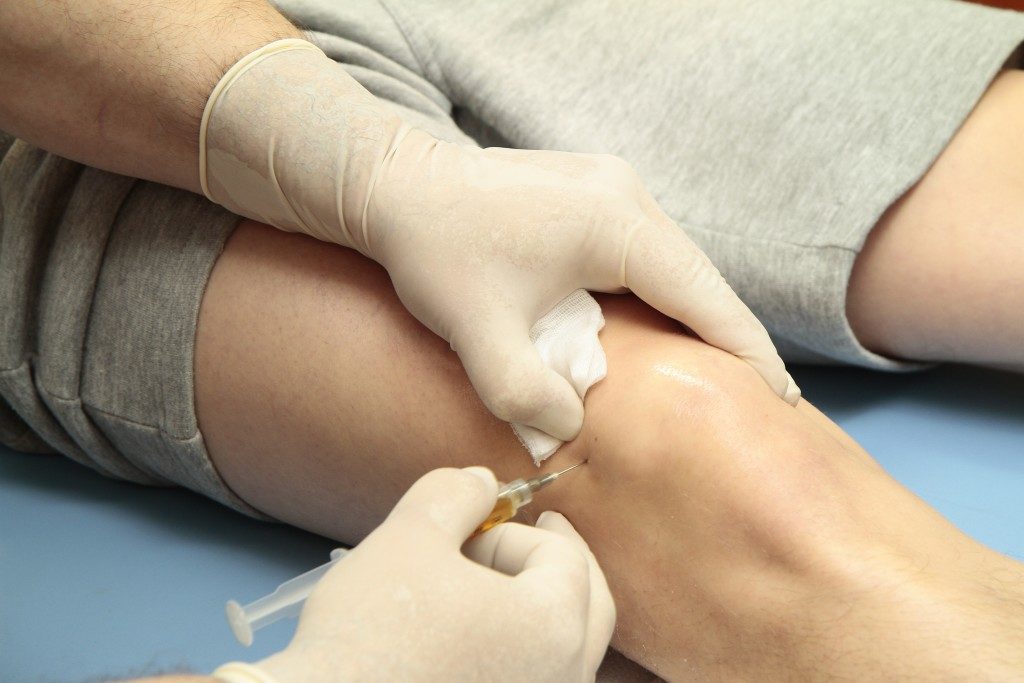We often reach for topical creams or patches for body pain relief. There are many pain relief products available over-the-counter. But more often than not, they can only provide so much. After a few hours, you would have to apply again to diminish pain. It’s a cycle that can waste your money in the long run.
Meanwhile, PRP injection therapy is getting popular in the medical world these days. What is this therapy, anyway? How does it work, and what can it cure? Is this treatment worth your time and budget? Here are some facts you need to know about this treatment.
What is this treatment?
PRP (platelet-rich plasma) issaid to hasten healing. When injected, it can heal damaged tissues and encourage new cell growth. The FDA has not officially approved the PRP injection’s healing effect. But sports stars like Rafael Nadal and Tiger Woods swore by PRP injections in treating their sports-related injuries.
Our blood contains different kinds of cells and platelets. Red blood cells are responsible for transporting oxygen in the entire body. White blood cells help combat various infections and prevent us from getting sick. The plasma aids in blood clotting and contains proteins that help in injury-healing.
Platelet-rich plasma contains up to 10 times larger amount of plasma in the blood than usual. It works by drawing blood from the patient. Then, the platelets are segregated and undergo centrifugation to increase its concentration. Once done, it will be combined with the remaining blood and injected on the affected area.
Medical conditions that can be treated by PRP

Medical experts believe that high platelet concentration in blood can help in the faster healing process. But the effectiveness of the treatment may depend on the following factors:
-
Is the wound or injury acute or chronic?
-
What is the patient’s health condition?
-
What specific area of the body is being treated?
Nonetheless, PRP injection can help treat acute and chronic conditions such as:
-
Tendon, muscle, and ligament injuries
-
Arthritis/osteoarthritis
-
Bone fractions
-
Hair loss/male pattern baldness
Also, PRP injection is also applied as part of post-surgery repair. Likewise, this treatment can also help in reducing inflammation that causes stiff joints and ligaments.
Several studies about PRP’s effectiveness have been published in different medical journals. However, most of these are only small-scale studies. Still, these studies show the treatment’s potential in treating medications on a larger scale.
Is it worth it?
It is important to note that PRP injections can cost up to thousands of dollars per treatment. It depends on the type of treatment you need. It will be unlikely to be covered by insurance since PRP injections is still technically an “experimental treatment”. In other words, you have to pay for the treatment in cold, hard cash.
You won’t have to take bed rest for several weeks to recover. Still, you will have to rest the treated area for better healing results. Other than that, you can continue your usual activities.
As mentioned, PRP injections have the potential to become a mainstream medical treatment. But for now, further studies should be conducted to support its healing claims. You can consult your trusted doctor about having PRP injections and whether it can be good for you.

